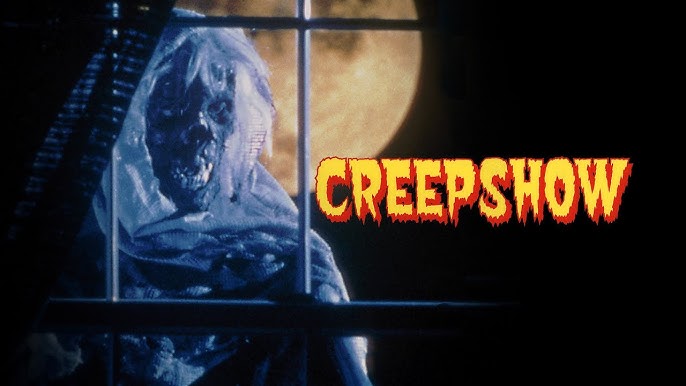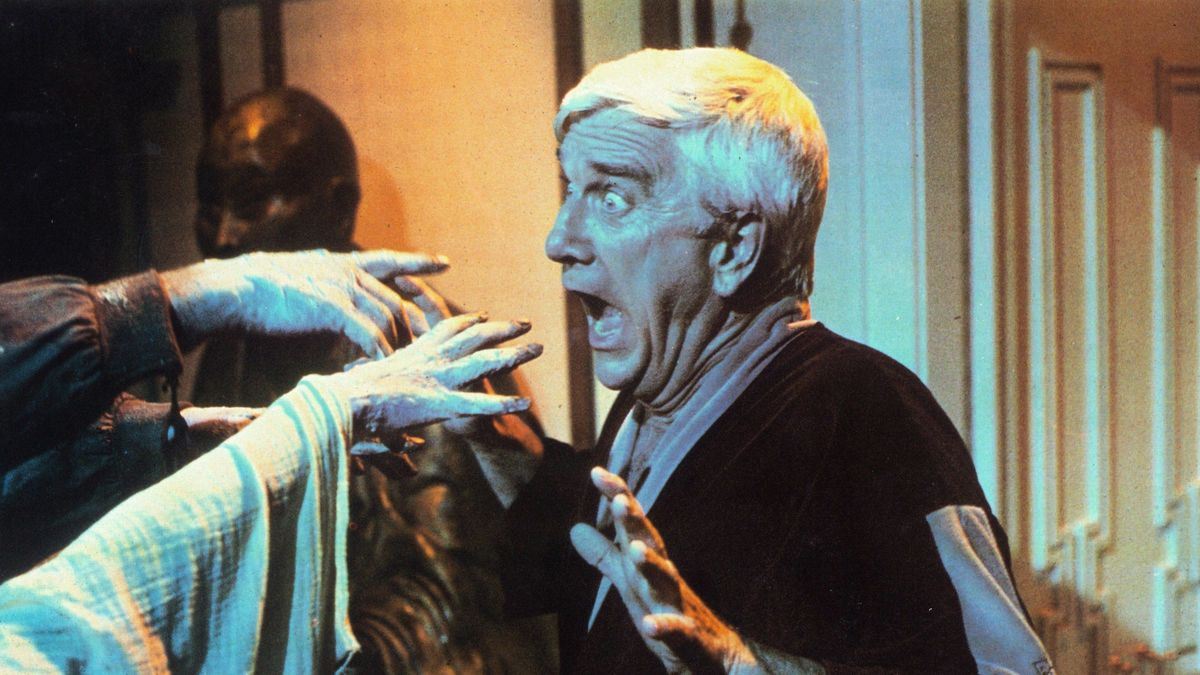Creepshow (1982)

“Creepshow” is a 1982 American horror-comedy anthology film directed by George A. Romero and written by Stephen King. It was King’s first screenplay, marking the beginning of his collaboration with Romero. The film consists of five stories, each with a mix of horror, humor, and a touch of campiness. “Creepshow” is often regarded as a cult classic in the horror genre, showcasing King’s talent for combining dark humor with elements of terror.
The film is divided into five segments, each telling a distinct story, inspired by comic books. The stories include “Father’s Day,” “The Lonesome Death of Jordy Verrill,” “Something to Tide You Over,” “The Crate,” and “They’re Creeping Up on You!” These segments are united by a framing story about a young boy named Billy who is punished for reading horror comics. The anthology format allows for varied tones and styles, with each story delivering its own unique scare and twisted humor.
The cast of “Creepshow” features a mix of established actors and rising stars. Hal Holbrook plays Henry Northrup in “The Crate,” while Adrienne Barbeau stars as the vengeful character in “Something to Tide You Over.” Other notable actors include Leslie Nielsen, famous for his comedy roles, who appears in a more sinister role in “Something to Tide You Over.” The film also features Fritz Weaver, Carrie Nye, and E.G. Marshall, each contributing to the film’s variety of performances.

Romero’s direction brings a unique visual style to “Creepshow,” inspired by the aesthetic of comic book art. The film employs bright colors, exaggerated camera angles, and graphic illustrations that evoke the look and feel of a 1950s comic book. This visual approach complements the over-the-top, campy nature of the stories, blending horror with playful, comic-book-like theatrics. The lighting and set design further enhance the eerie atmosphere of the film.

At its core, “Creepshow” explores themes of revenge, greed, and the supernatural, with a sense of dark humor woven throughout. Many of the characters are punished for their wrongdoings, with ironic twists at the end of each story. King’s writing shines through in his ability to blend horror with humor, making “Creepshow” not just a scary experience but also one that entertains with its absurdity. The stories are often driven by the flaws and vices of the characters, highlighting the consequences of their actions.

Since its release, “Creepshow” has had a lasting impact on the horror genre. It inspired sequels, including “Creepshow 2” (1987) and a TV series. The film has become a beloved entry in the horror-comedy subgenre, frequently referenced by fans and filmmakers alike. Its influence can be seen in modern horror anthology films and TV series, showing how Romero and King’s collaboration created a timeless piece of horror cinema.











